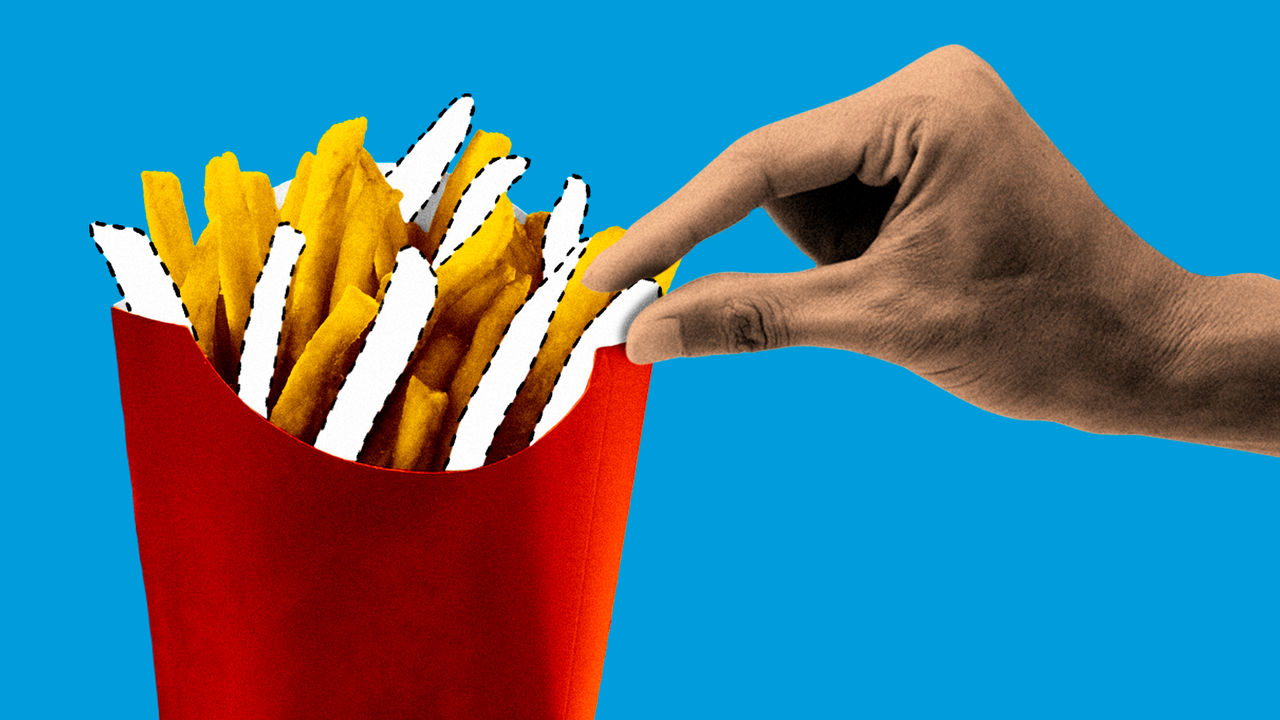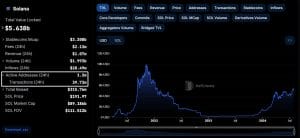
Near Schumpeter’s home in Los Angeles are two fast-food restaurants almost kitty-corner to each other, as Americans quaintly put it. In different ways, both help explain one of the biggest puzzles in today’s business environment: the state of the American consumer. One is Chipotle Mexican Grill, a canteen-like restaurant famous for its burritos and bowls of chicken, the cheapest of which comes with rice, beans, salsa and various other toppings, and which costs $10.60. The other is McDonald’s, home of the hamburger. Its cheapest meal deal is $5. It comes with a burger, nuggets, fries and such generous quantities of salt it is a blessing that there is a fizzy drink to wash it down with.
You might think Chipotle would be suffering more in a world where consumers face high housing costs, utility bills and petrol prices, their savings are running down, and the job market is getting shakier. Not only is its menu dearer. In recent months the chain, a darling of millennials and gen-zs, has found a hit squad of TikTok influencers on its case, filming themselves jabbing its bowls of chicken with their forks and accusing it of scrimping on the size of its famously generous portions.
But you would be wrong. In an earnings call on July 24th, its boss, Brian Niccol, acknowledged the portion-size problem in a small number of its restaurants and pledged to fix it. But despite the fuss, business boomed in the quarter from April to June. Chipotle’s sales grew by a whopping 18% in the period, compared with the same three months in 2023. Demand increased in every income group, Mr Niccol said.
Under the Golden Arches, it was a different story. McDonald’s lower-income customers have been feeling the pinch since last year, said Chris Kempczinski, its boss. In the latest quarter the chain’s sales on a like-for-like basis fell by 1%, compared with the previous year. Even the recently introduced $5 meal deal had yet to boost revenues.
The contrasting fortunes of these two chains may befuddle those looking to understand the state of America’s consumers, especially when other industries are also sending mixed messages. But two lessons can be drawn. The first is that it is too soon to conclude that growth in American consumption has stalled. The second is that, even if it has, it is too simplistic to say that the best response for firms is to cut prices.
The most recent economic indicators and quarterly earnings bear out the first point with maddening (lack of) clarity. According to a University of Michigan survey published on July 26th, consumer sentiment hit its lowest point in eight months in July. A few days later, the Conference Board, a business group, said that in the same month shoppers’ confidence rose. Like McDonald’s, food and drink giants such as Coca-Cola, PepsiCo and Starbucks signalled weakness in America in recent months. So did Diageo, the world’s bartender in chief. But Procter & Gamble (P&G), the mammoth purveyor of non-food brands such as Pampers nappies and Gillette razors saw no sign that American shoppers were in retreat. “So far, so good,” said its boss, Jon Moeller. The consensus is that low-income shoppers are hurting the most. But the degree to which others are feeling the pinch is hard to say. Sales in America of Hermès, maker of the Birkin bag, soared; those of LVMH, another high-society stalwart, did not.
If anything, consumers appear more picky than panicky. The higher costs of living mean more are staying at home rather than going out. Prices at restaurants are rising faster than at supermarkets, so even chains like McDonald’s no longer seem as cheap as they used to. In California, this is particularly true. A law implemented in April requiring fast-food chains to pay a minimum wage of $20, up from $16, has raised prices, scaring many customers away, says John Gordon, an independent analyst. When diners do go out, the novelty of doing so may lead them to spend more, helping explain why Chipotle is doing better than McDonald’s.
Even those who stay at home still splash out on the odd treat, says Sally Lyons Wyatt of Circana, a market-research firm. Those wanting to save money buy retailers’ own-label products, look for bargains online, or go to dollar stores. But they have not forsaken pricier brands, especially those that offer something fresh, or a cheaper option than going out. She calls this bifurcation.
Consider food. Because they go out less, diners have more money to splurge on meals at home: an “Italian” night in, say, with premium-priced pasta and wine. They behave similarly with non-edible goods, such as personal care. Consumers may no longer feel their budgets stretch to pampering at beauty salons or barber shops on the high street. But they can afford to spend a bit more on upmarket products for use at home. Sellers of branded goods such as P&G are taking advantage of this trend by, for example, peddling fancy new grooming kits. Input costs may be higher, but the premium prices protect their profit margins.
Nuggets of truth
In sum, even if American consumers are feeling the pinch, companies that cater to them can still do well if they think creatively. Cutting prices is not the only option. It can spur a race to the bottom, says Danilo Gargiulo of Bernstein, a broker: McDonald’s may be able to cut prices, but so can Burger King. Better to provide value for money, that hard-to-define concept that attracts customers whatever the price. It encompasses both quantity and quality.
As an illustration, consider, if you will, two of Schumpeter’s recent lunches. At Chipotle, his $10.60 chicken bowl overflowed with tasty food. He ate half, and took the other half home for supper. In other words, two meals for the price of one. His $5 McDonald’s meal deal was not as skimpy as he expected. But it was so salty, he threw half of it away. ■


















